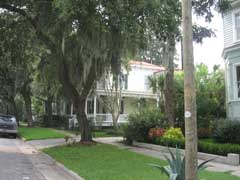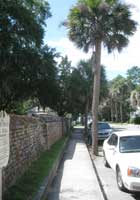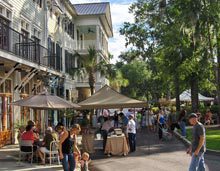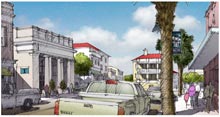 The fabric of our communities is diverse. It is made up of many different components, including diverse people and their various lifestyles. One of the challenges we face is that we must understand how the sum of all these parts works together before changes can be made. Understanding how something fits into a larger whole is called “Context,” and context-based design and planning is key to retaining and growing a community’s sense of self and place.
The fabric of our communities is diverse. It is made up of many different components, including diverse people and their various lifestyles. One of the challenges we face is that we must understand how the sum of all these parts works together before changes can be made. Understanding how something fits into a larger whole is called “Context,” and context-based design and planning is key to retaining and growing a community’s sense of self and place.
Even a simple village has many moving parts. Streets, buildings, landscape and open space are all present in several forms. The way each of the parts is designed plays a role in how a community feels and how the parts relate to each other plays a strong role in giving places their physical definition.
One of the failures of modern planning has been the lack of context-based consideration. If fact, a  mass production type mentality has been the norm for many years in the community planning field. Solving one issue may cause other issues in related areas. Traffic engineers often think about the problem of traffic volume, but addressing only that one area may cause other problems outside of the traffic engineers’ realm of responsibility. For example, adding a lane of traffic often will cause retail to suffer or for walkablity to decrease, and those items need just as much consideration as traffic volume.
mass production type mentality has been the norm for many years in the community planning field. Solving one issue may cause other issues in related areas. Traffic engineers often think about the problem of traffic volume, but addressing only that one area may cause other problems outside of the traffic engineers’ realm of responsibility. For example, adding a lane of traffic often will cause retail to suffer or for walkablity to decrease, and those items need just as much consideration as traffic volume.
A typical street will have to deal with vehicular traffic of several scales. Pedestrian use, bicycle use, building frontage needs, and spatial definition are just some of the factors that go into proper street design. If one uses a single street design for all applications, as is common in many suburban areas, you get a sense of disconnection because the design solution is generic.
This same process applies for all the pieces that make our communities. Buildings should be designed to fit into their surroundings in most situations. Buildings sitting on parcels of land that don’t consider their relationship to their surroundings really do a disservice to the larger community and lead to the generic suburban culture. The same is true with open spaces. Preserving natural environments is important, but where they are preserved is just as important. The location of a community park within a neighborhood effects how it will be used just as much as what type of things are in the park.
Great communities are diverse in their make up, both physically and culturally. That diversity and how the components are arranged provides the basic definition of a community and place. When we change or grow, we need to truly consider the effects of what we are changing beyond the single thing we think we are changing. We, as a community, need to consider Context based design in terms of planning, engineering and design.
This article was written for Lowcountry Weekly by the Congress for the New Urbanism – Carolinas Chapter. To learn more, visit www.cnu.org







